As well as being home to some of the world’s oldest civilisations, Turkey is a country of innovators and inventors. Discover some of the inventions and firsts spanning thousands of years of Turkish history.
. 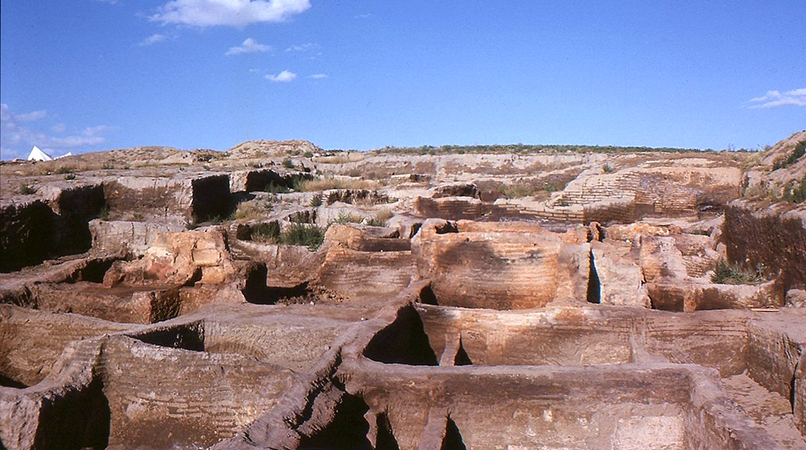
1. The first settlement
Dating back to 7500 BC, the settlement at Catalhoyuk, in southern Anatolia, is considered the oldest human settlement on the planet. The Neolithic site is also one of the best preserved, and visitors can see the ancient mounds that once housed more than 10,000 people.
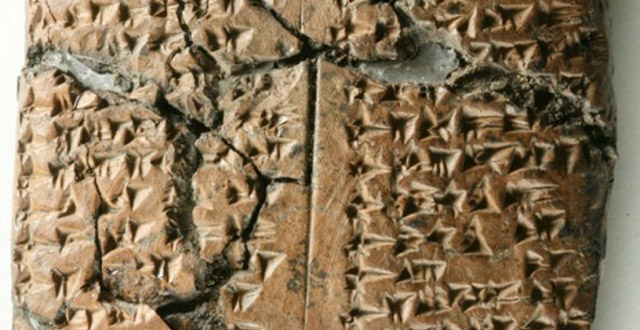
2. The first writing and art
Clay tablets with handwritten script dating back to 1950 BC have been found in ancient Anatolia, while the first Neolithic paintings on man-made walls were discovered at Catalhoyuk.
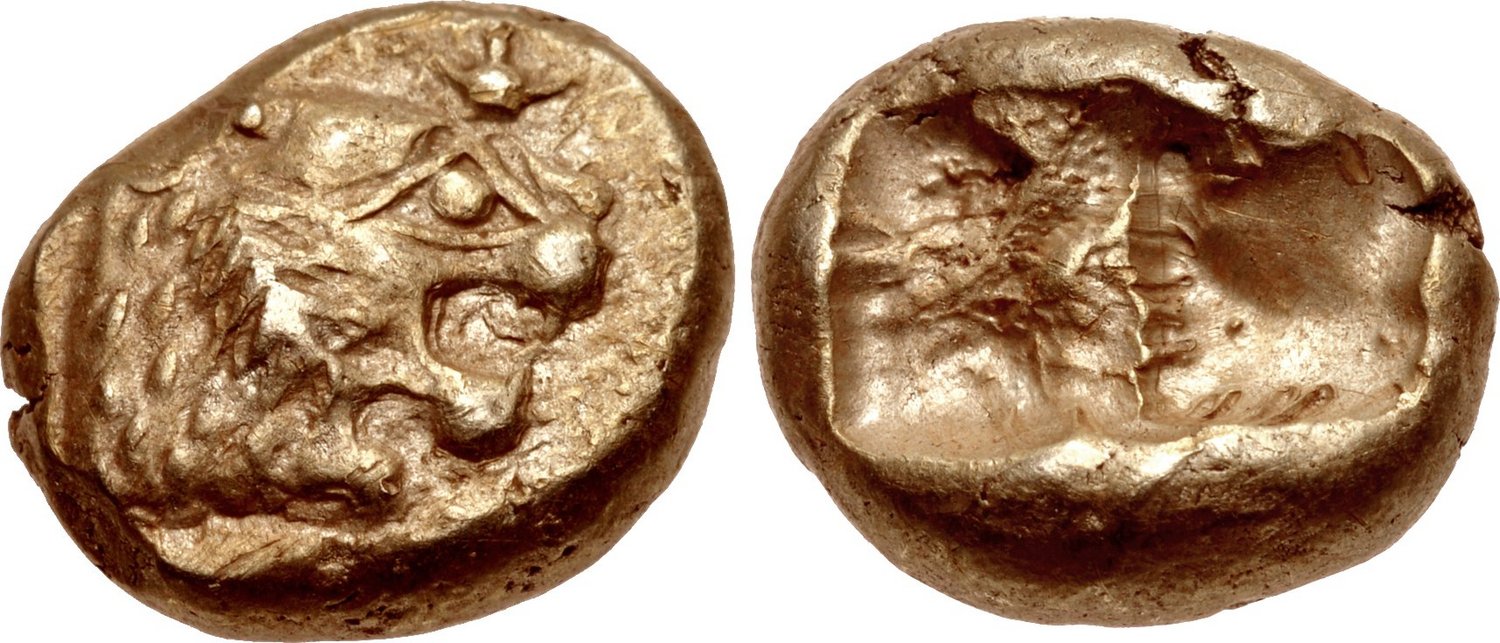
3. The first coins
Made from a mixture of gold and silver, the earliest coins in the world were minted in the ancient kingdom of Lydia, in modern-day Turkey. These early coins were first produced in the seventh century BC and featured a lion head design on one side, and simple punches on the other. The denominations looked so similar it’s probable that they were weighed rather than counted.
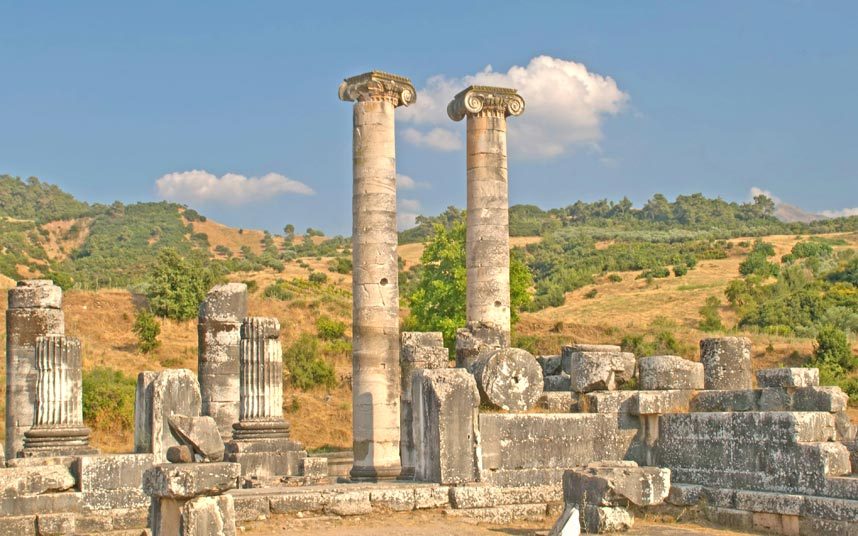
4. The first shops
As well as minting the first coins, the Lydians are thought to be the first to establish permanent retail shops, taking the place of temporary market stalls. The trend started in modern-day Manisa, which has a history dating back thousands of years, and gradually spread out through the kingdom and into the world.

5. The first mass, in the first cathedral
In 40 AD, St Peter is said to have held the first mass in history, at the Church of St Peter near modern-day Antakya. The establishment of the church itself is thought to be documented in the Bible, and in 1963 Pope Paul VI declared the Grotto of St Peter a pilgrimage site and the world’s first cathedral.

6. The first tulips
These days tulips are synonymous with the Netherlands. In fact, the first tulips came from Anatolia in the sixteenth century, imported by an ambassador to the Ottoman sultan. There followed an era known as “tulip mania” in Turkey, with single stems selling for eye-watering sums and the wealthy shelling out fortunes for new varieties.
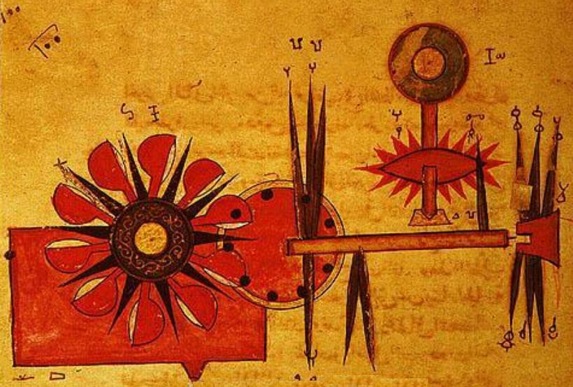
7. The first robots
Born in Cizre in 1136, inventor Ismail al-Jazari was an inventor, engineer, artist and craftsman - and the father of cybernetics, designing and making the first robots, as well as more than 100 mechanical devices including a candle clock. One of his robots was a waitress that could serve drinks - a tank with a mechanism that offered a cup. He described his inventions in the 1206 tome Book of Knowledge of Ingenious Mechanical Devices, a popular book that appears to have been used as an DIY handbook.
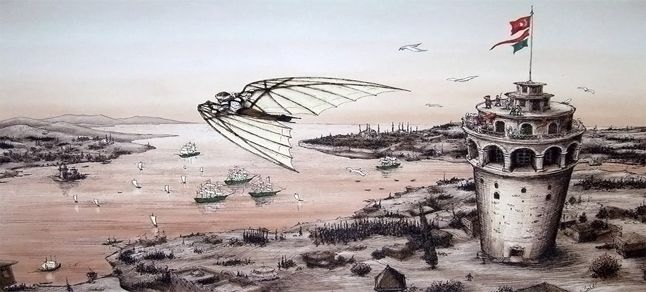
8. The first flight
In the early seventeenth century, Hezarfen Ahmed Celebi donned a pair of eagle-like wings and leapt from Istanbul’s Galata Tower. Soaring on the wind, he managed to travel over the Bosporus, landing in Uskudar. Reports from the time say he used to practice regularly before the big event, somewhat alarming bystanders.
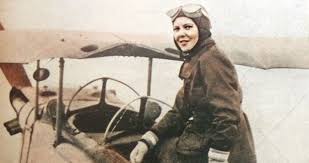
9. The first female combat pilot
Sabiha Gokcen made history in 1936 at the tender age of twenty-three when she became the world’s first female combat pilot. Adopted at the age of twelve by Republic of Turkey founder Kemal Ataturk, Gokcen was initially interested in skydiving but during her training quickly fell in love with flying. During her career Gokcen flew twenty-two different types of aircraft and racked up more than 8000 hours flying time, including thirty-two hours of combat flying.
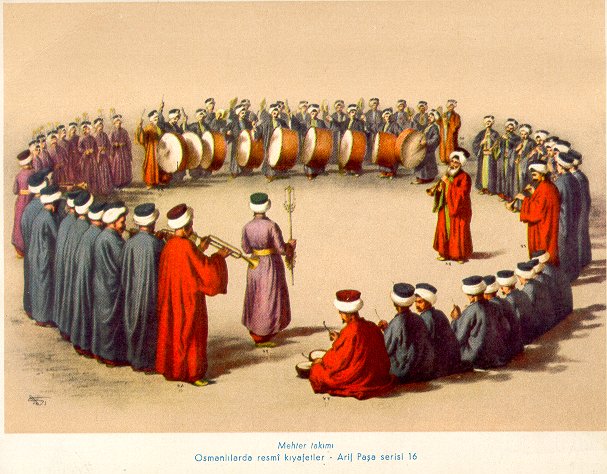
10. The first military marching band
Ottoman military bands are considered the oldest marching bands in the world. Individual players date back to the eighth century, but military bands - or mehters - didn’t appear until the thirteenth century. It’s thought the first mehter was sent to Osman I by a Seljuk Sultan to salute the newly formed Seljuk state. The use of military bands outside the Ottoman Empire didn’t take off for another three hundred years. You can still see mehter performances at Istanbul’s Military Museum.

11. The first weaponry use of gunpowder
While the Chinese were the ones who discovered the explosive substance, they stuck with using gunpowder solely for fireworks. It was the Ottomans who first used gunpowder in explosive weaponry like cannons. The Ottomans were great innovators in this area, constantly making bigger and better cannons - including the one that ultimately brought about the Fall of Constantinople.

12. The first smallpox vaccinations
While British physician Edward Jenner is widely credited with introducing the smallpox vaccination in 1796, it was the Ottomans who developed the concept. In 1721, Lady Mary Wortley Montagu, the wife to the British ambassador to Constantinople discovered the local practice of inoculating against the disease. After having both her children vaccinated, the British Royal Family caught wind of the practice and facilitated medical trials. Thanks to the legacy of these vaccinations, smallpox has been completely eradicated from the world.








